Designing an office requires careful consideration. The consultant should begin by understanding the space, creating a detailed floor plan with precise measurements, noting elements like walls, light switches, electrical outlets, phone jacks, windows, plumbing, ceilings, baseboard, doors, and other potential obstacles. Accurate measurements and thorough notes minimize revisits, saving time and ensuring customer satisfaction.
Sherwood Shelving provides a basic office design, but consultants should assess its features before delving into specifics. Keeping the design simple reduces complexity and enhances customer satisfaction.
When designing an office with the regular rail and cap system, note that units won’t have backs unless specifically designed. The design employs a single or shared gable system, reducing wood usage and overall cost. Alternatively, a “box” design follows the traditional kitchen and cabinet approach with double gables and full overlay doors. The provided fundamental office cabinet units offer flexibility for design consultants to create a versatile office system. For lower cabinets or desks, choose from two gable heights (28.5″ and 29.7″), both with a 24″ depth. These base gables include openings for electrical wiring and 5 mm holes for a fixed 6″ deep cable wiring shelf, creating an efficient wire management system.
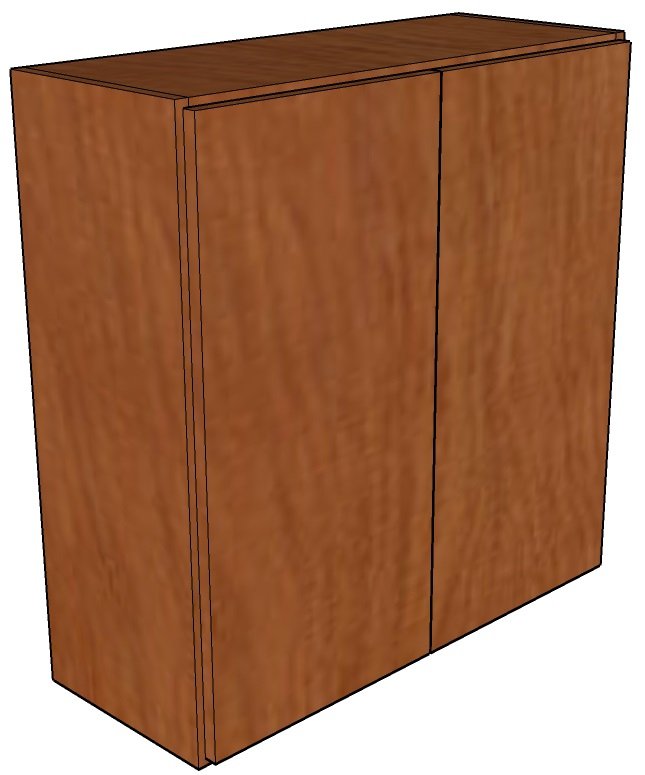
The upper cabinets can be made in a variety of widths with single or double doors depending on the design.
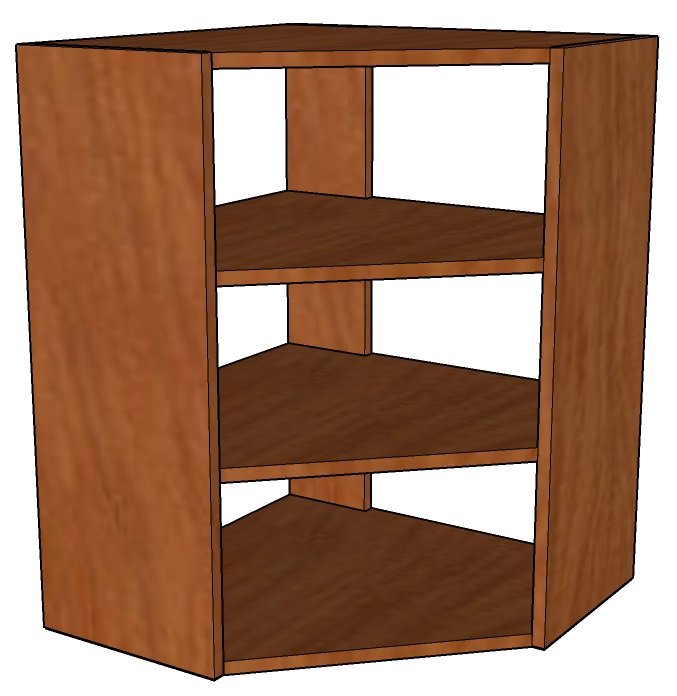
Upper corner cabinet can be used at the end of a wall or when the upper cabinets are at a 90° angle. Upper corner units must be made using standard corner shelf sizes. The standard size for most office applications is 24” x 24” x 12” deep.
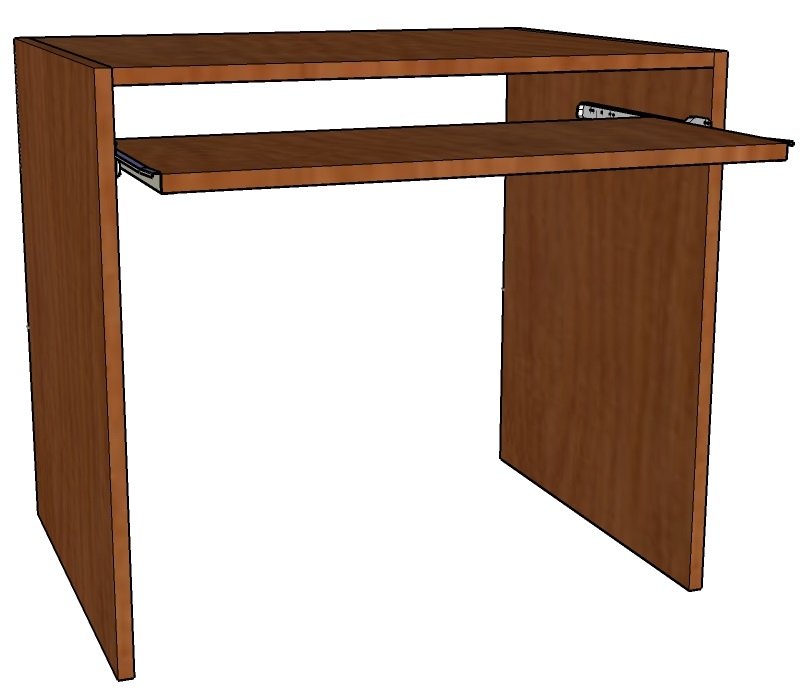
A desk work station can be a variety of widths but usually no less than 24” wide and no more than 36”. A pull-out tray is usually incorporated into the design for a computer keyboard and mouse. Pull-out trays are a standard 12” deep and 1” shorter than the width of the fixed shelf above which allows for proper drawer slide clearance. In ClosetPro designers must built this manually.
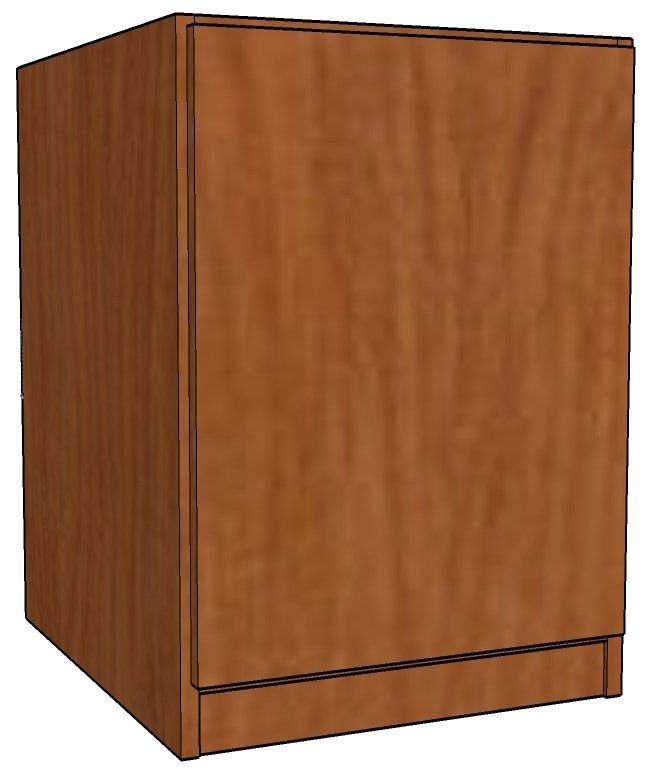
A base cabinet can be made in a variety of widths and the option of doors. Most lower cabinets for office systems are 24” deep.
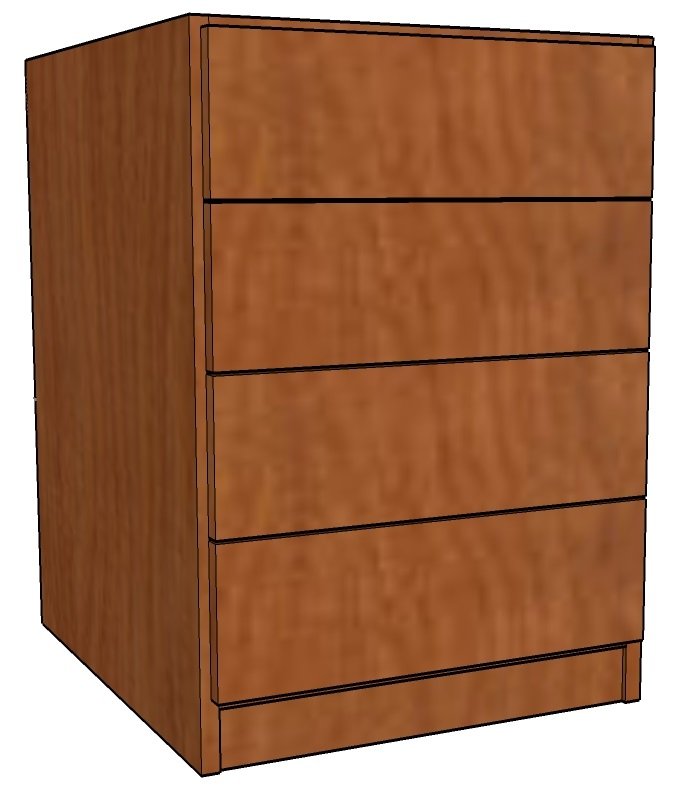
A base pedestal can be designed in a number of different ways depending on the size, style, and number of drawers being used. In this example there are 4 small drawers.

A base pedestal can be designed in a number of different ways depending on the size, style, and number of drawers being used. In this example there are 2 small drawers and 1 file drawer.

A base pedestal can be designed in a number of different ways depending on the size, style, and number of drawers being used. In this example there are 2 file drawers.

A tower is usually constructed using regular height gables (86.417” or 2195) and when you include file drawers must be 18.75” wide. When designing with 4 file drawers it is recommended that the small 2.5” (63 mm) toe kick is used to keep the top file drawer lower and easier to access especially for shorter clients.
Design Consultants must thoroughly understand installation procedures. New consultants should read the Installation Manual, assist in installations, and be coached by a senior consultant before designing independently.
For office design:
- Gather customer preferences for workstations, filing drawers, and desk space.
- Keep designs aligned with the Sherwood Shelving™ system to avoid complexity.
- Consider practicality; ensure there’s ample space for movement around workstations.
- Determine file drawer locations based on customer needs.
- Add lower cabinets with doors or drawers, considering pull-outs for printers or scanners.
- Match upper cabinet width with the corresponding lower cabinet for consistency.
- Ensure access to electrical outlets or phone jacks; fine-tune design for obstacles like window casings.
- Visualize the office and anticipate obstacles during the design process to prevent installation issues. Experience is crucial for mastering design in various situations.

